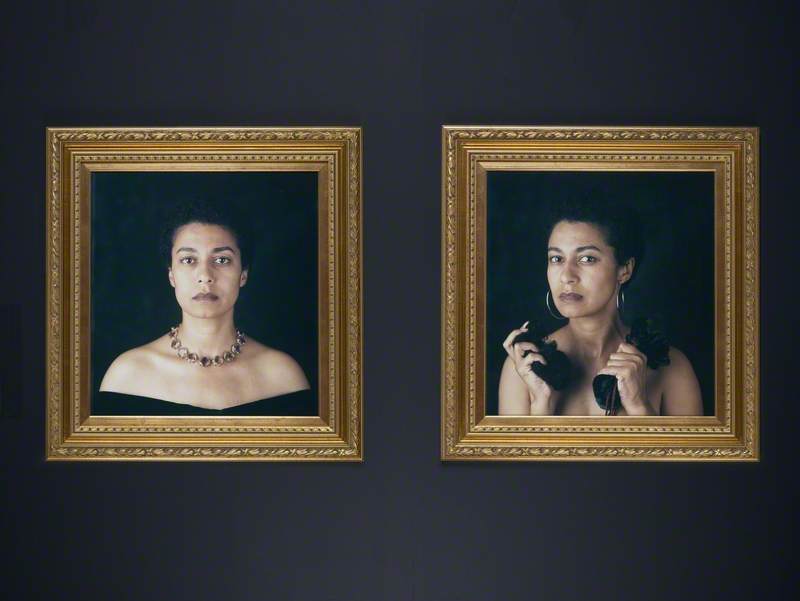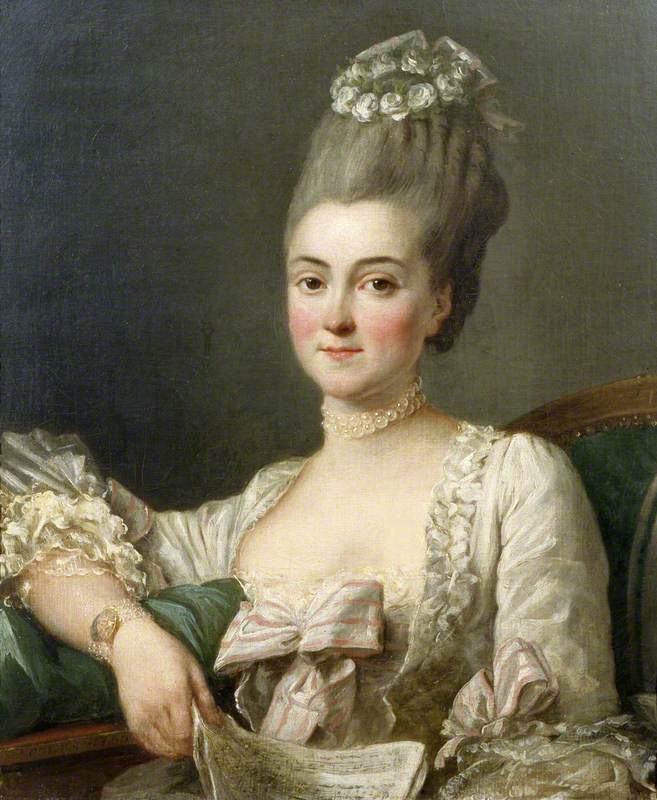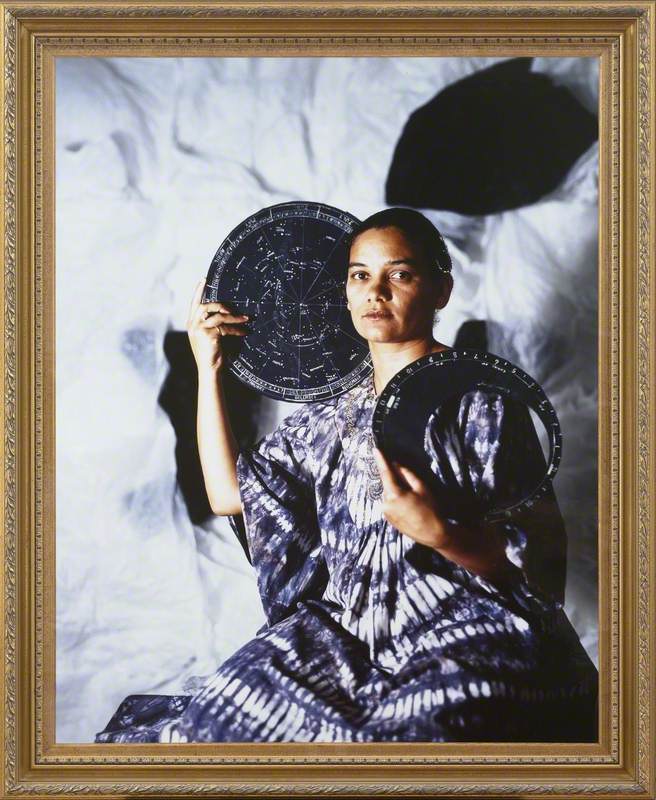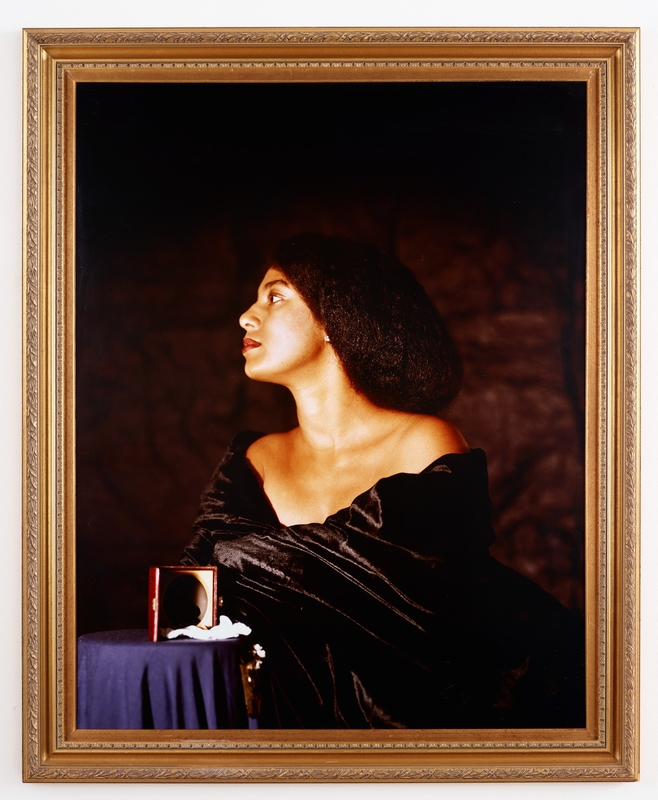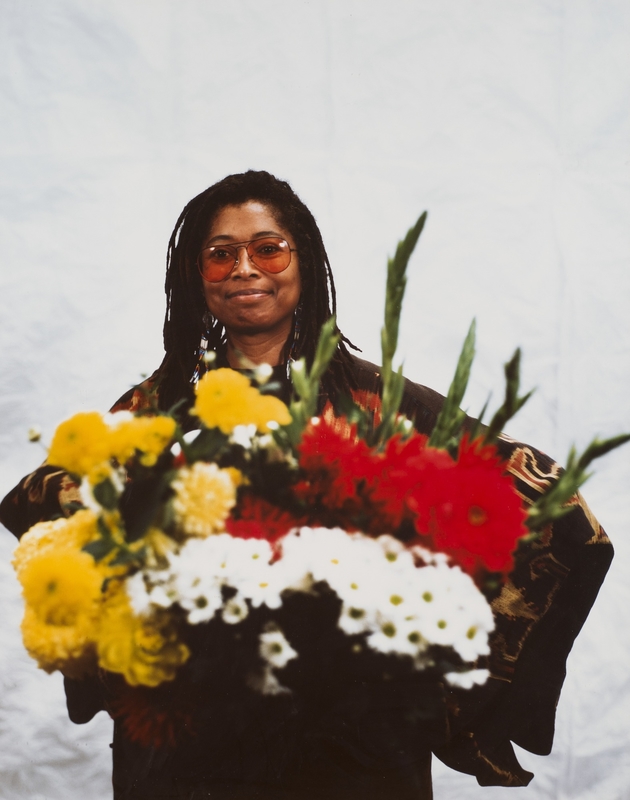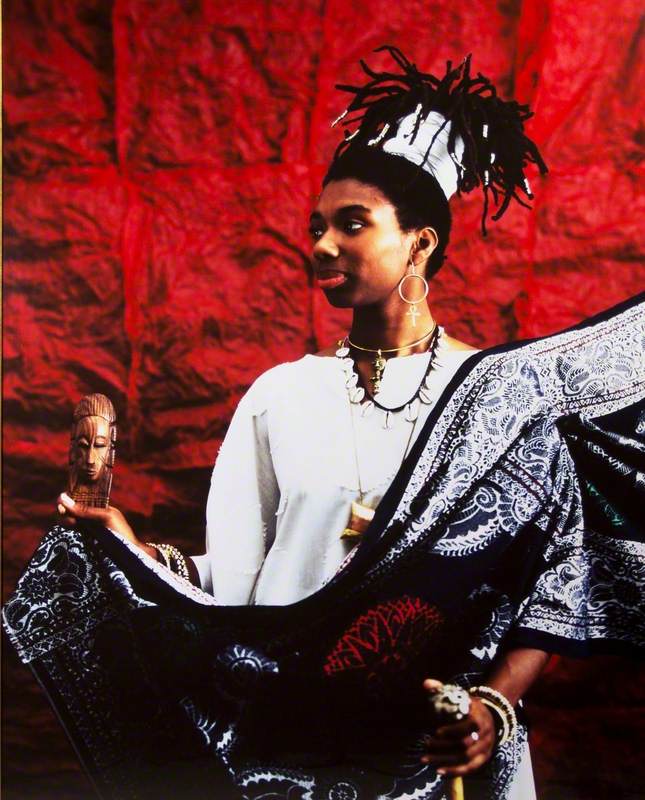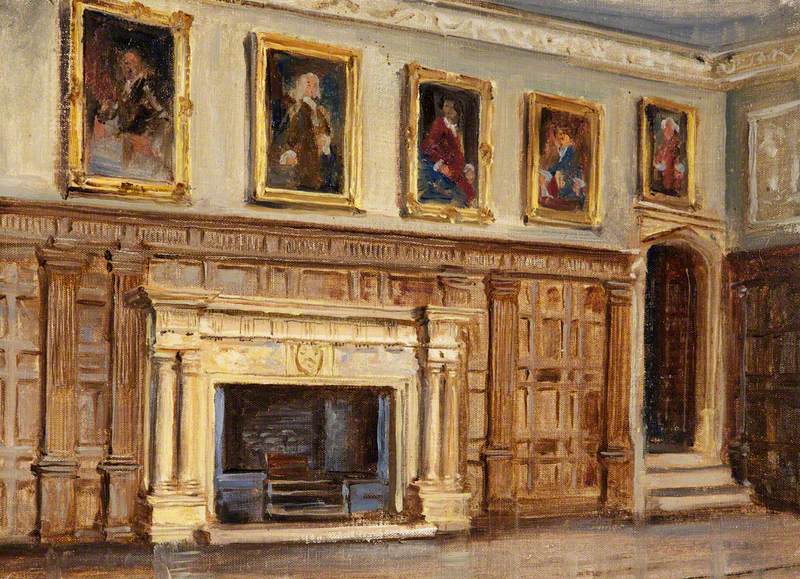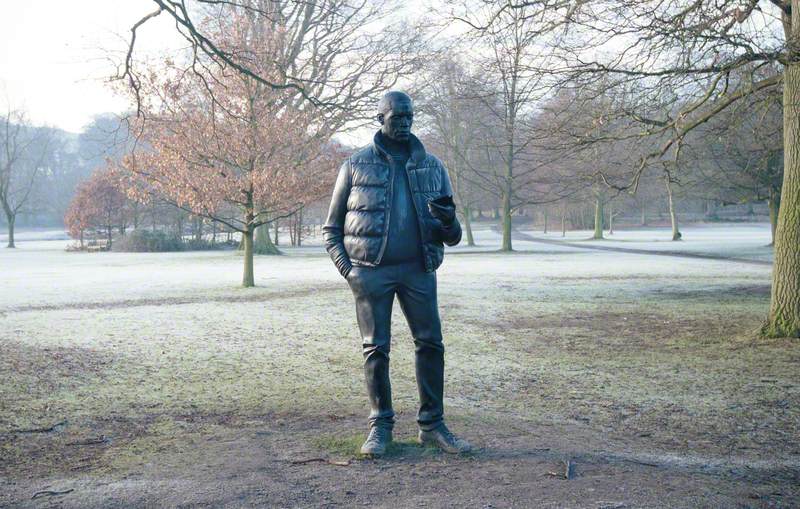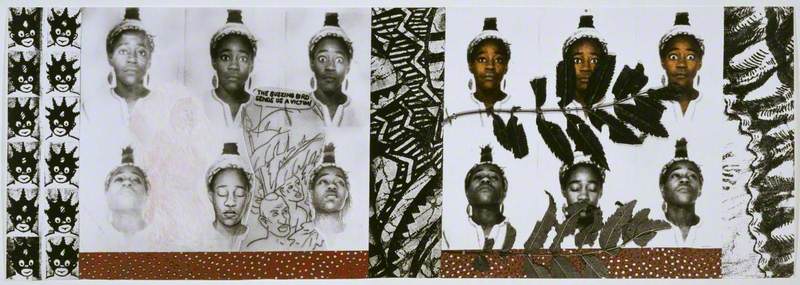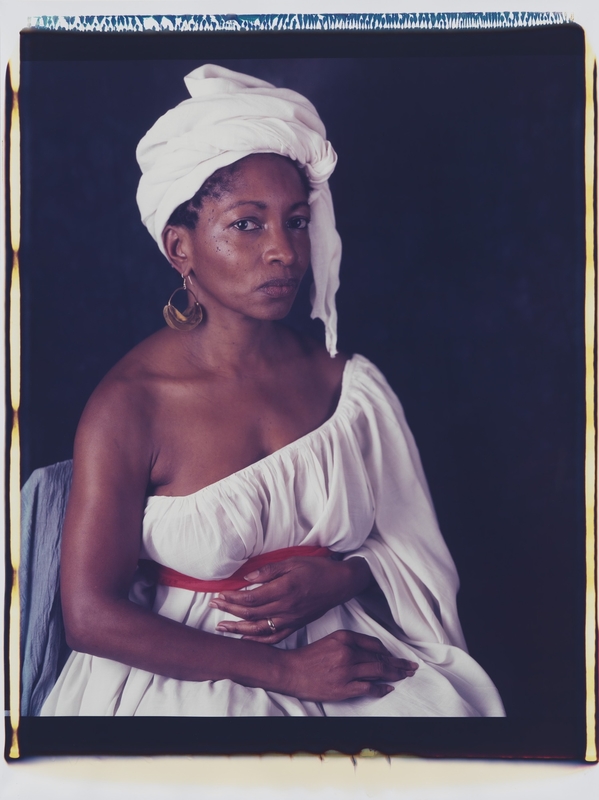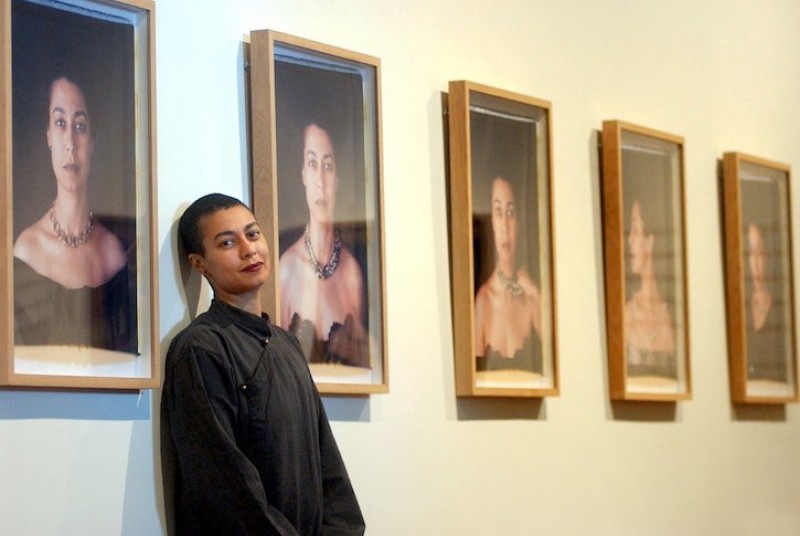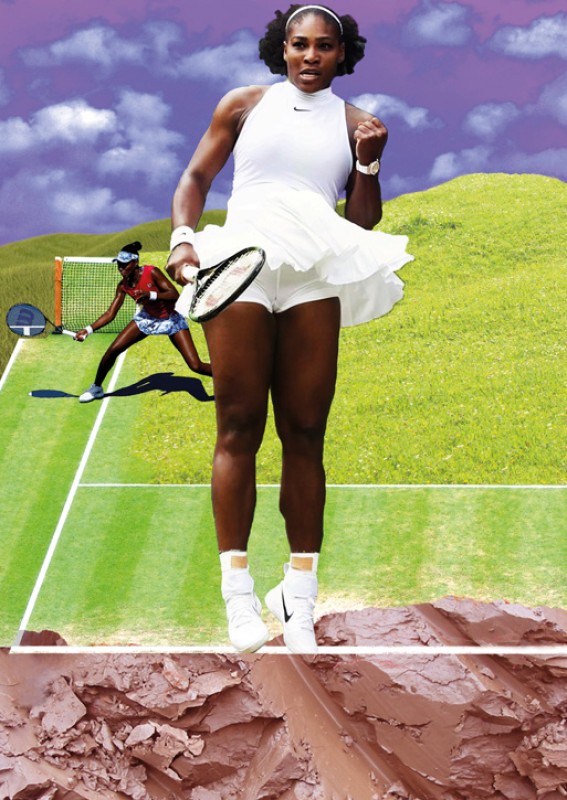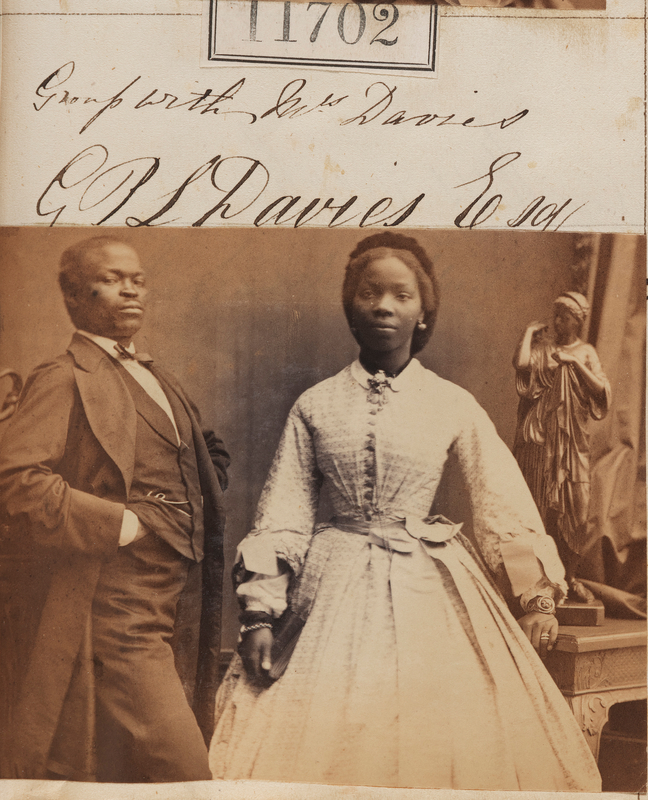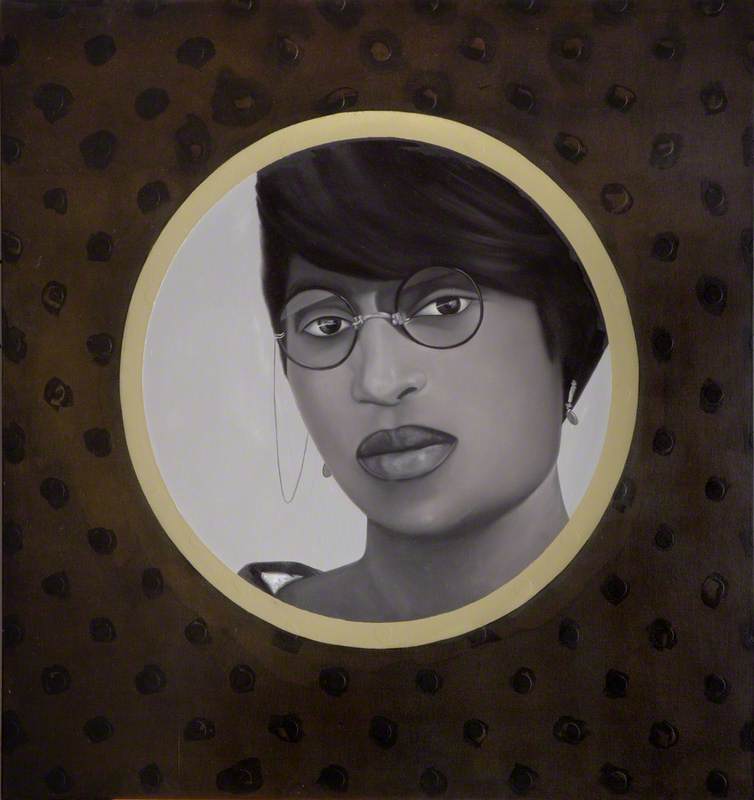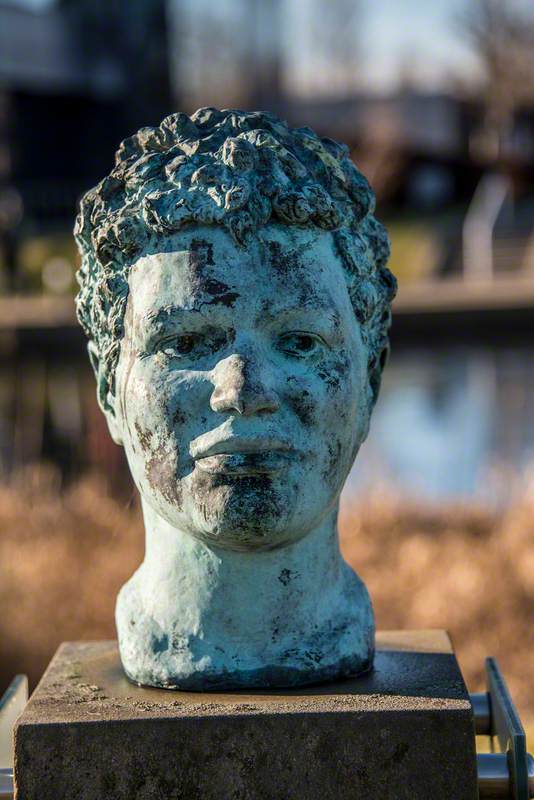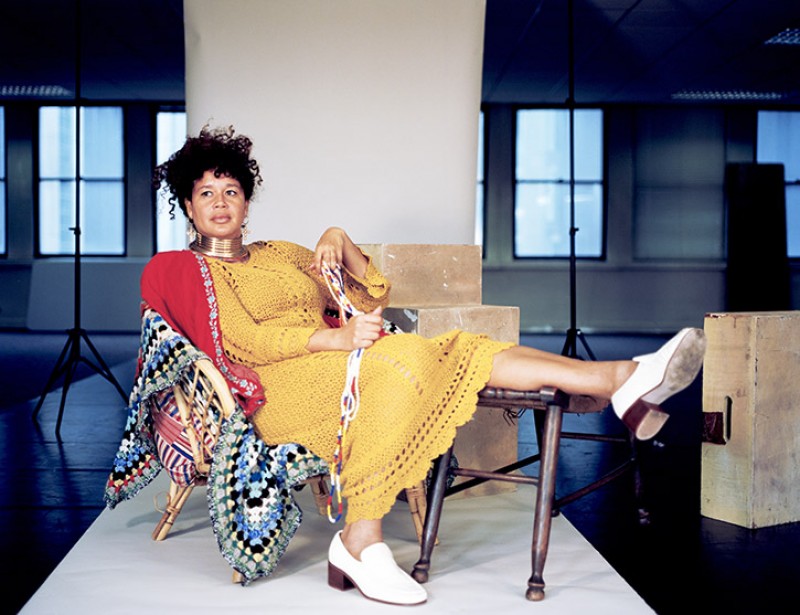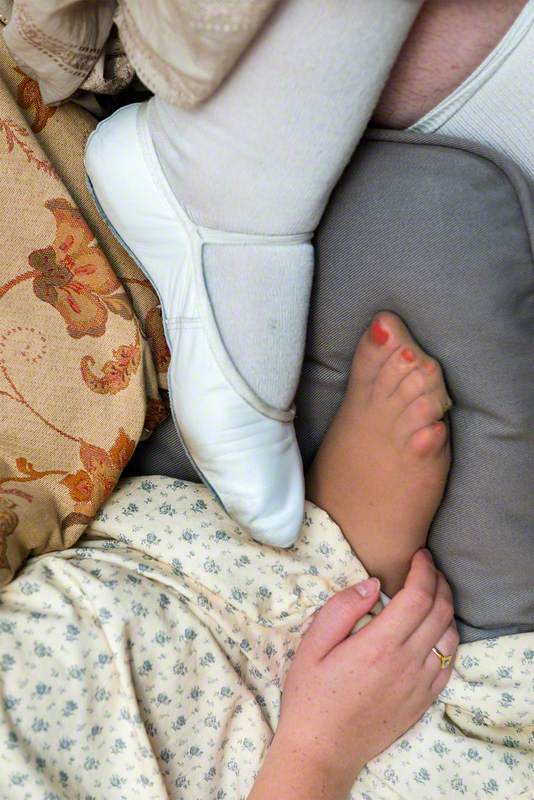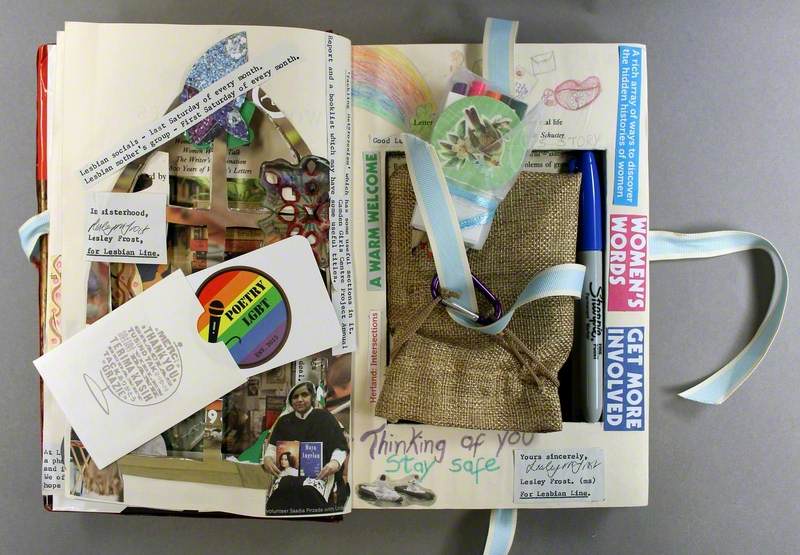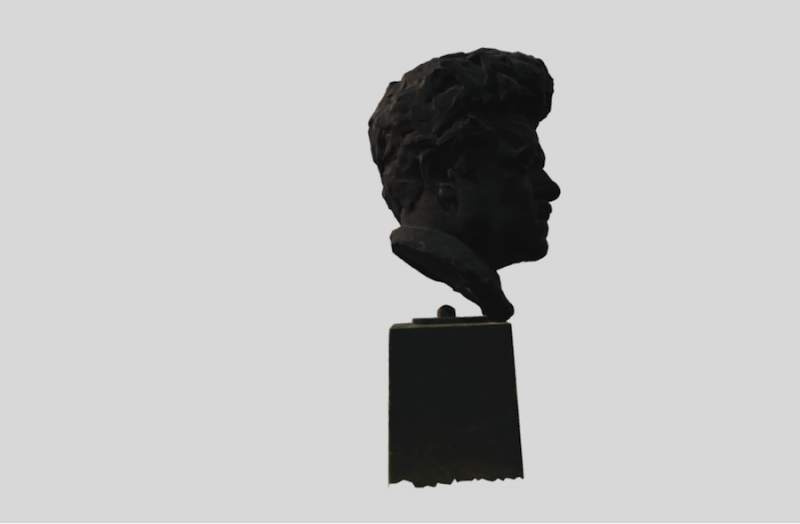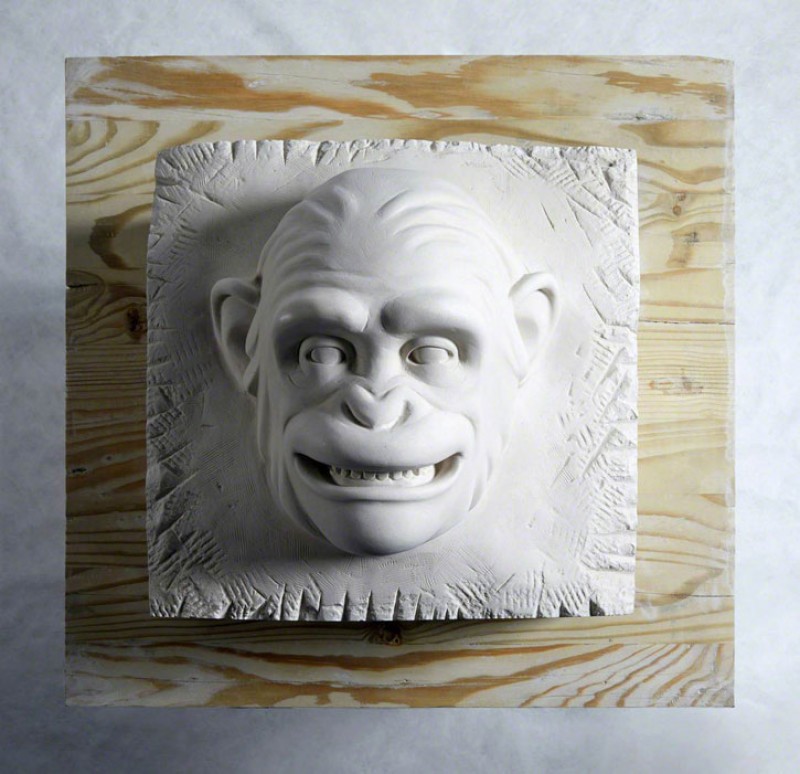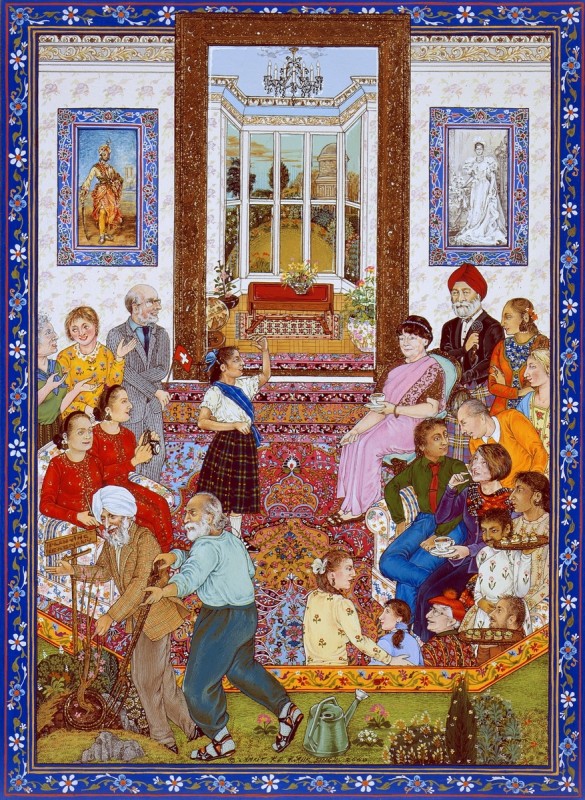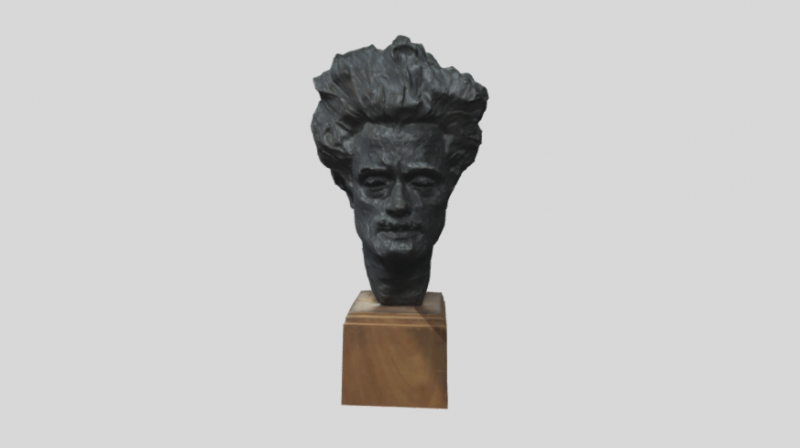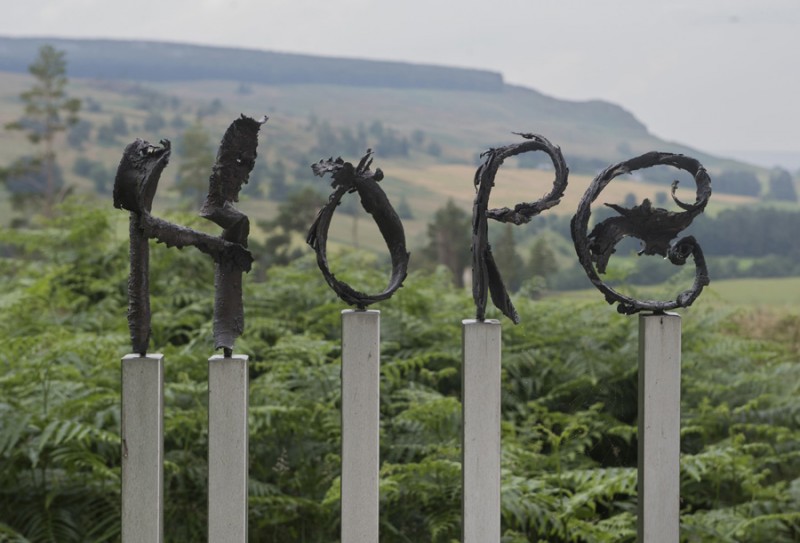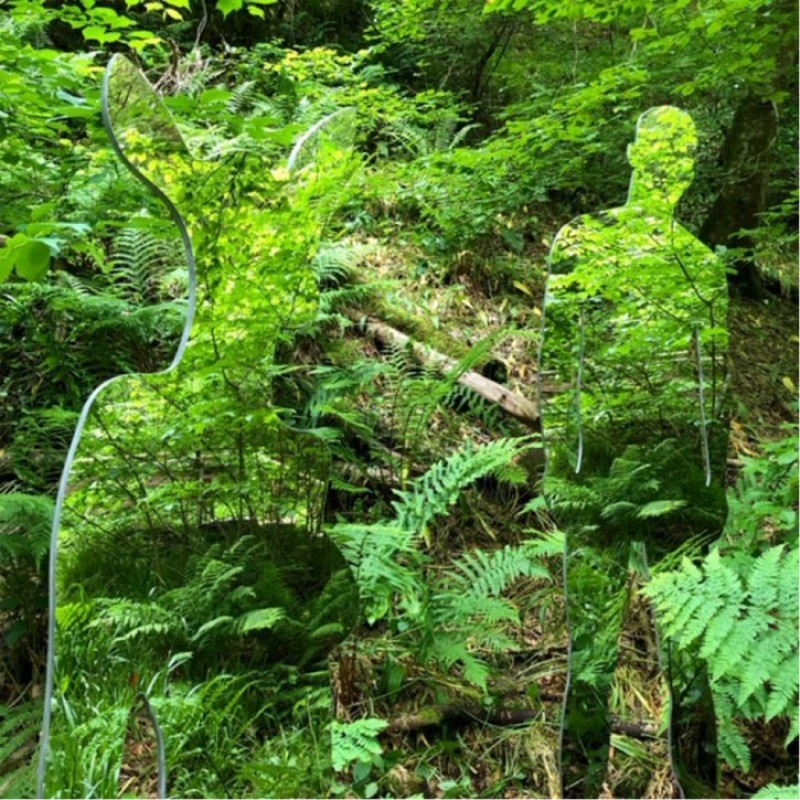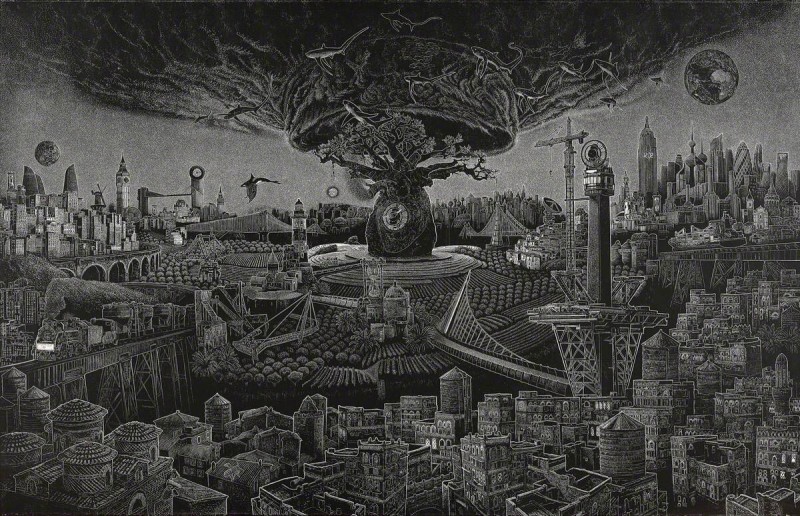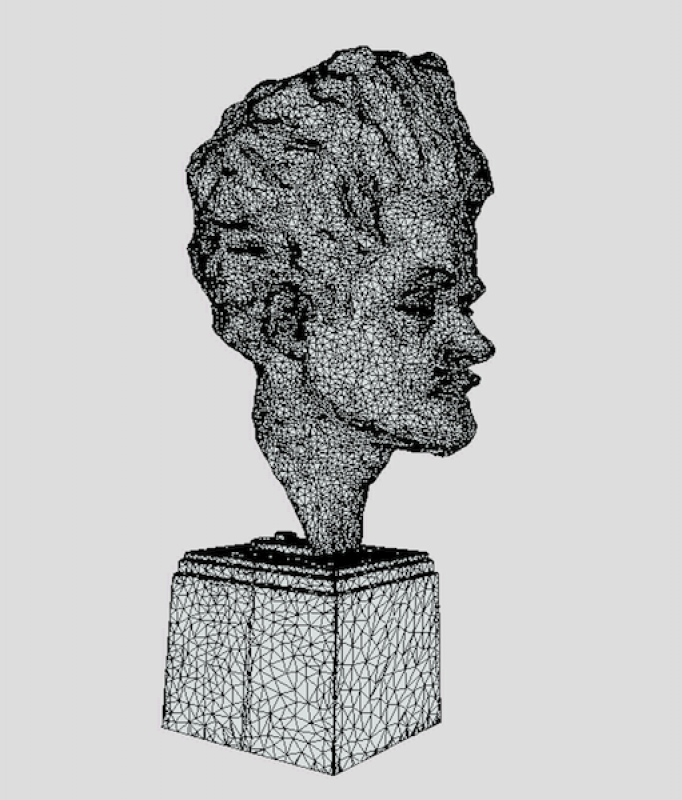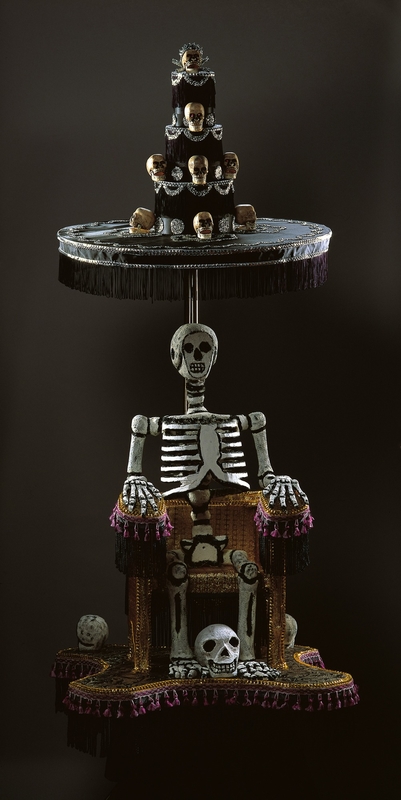About Maud Sulter (1960–2008)
Maud Sulter was born in the Gorbals in Glasgow. Her mother was Scottish and her father was Ghanaian. (In her poem Circa 1930 she suggests that these two cultures 'are not as disparate as they might / at first seem. Clan-based societies / With long memories and global diasporas.')
Sulter used a range of media including text, photography and performance to explore the history and continuing presence of the Black diaspora in Europe. Fiercely critical of the omission of women and Black people from the history of art and their lack of representation in galleries and museums she wanted to 'put Black women back in the centre of the frame'.
'This whole notion of the disappeared, I think, is something that runs through my work. I'm very interested in absence and presence in the way that particularly Black women's experience and Black women's contribution to culture is so often erased and marginalised.' – Maud Sulter
Read more about Maud Sulter
Explore the website dedicated to the artist and her work
Activity: first impressions
Look at Maud Sulter's photograph Terpsichore with your students.
Ask them to discuss their first impressions and reactions to it without knowing anything about who made it.
Terpsichore
(from the series 'Zabat')
1989
Maud Sulter (1960–2008)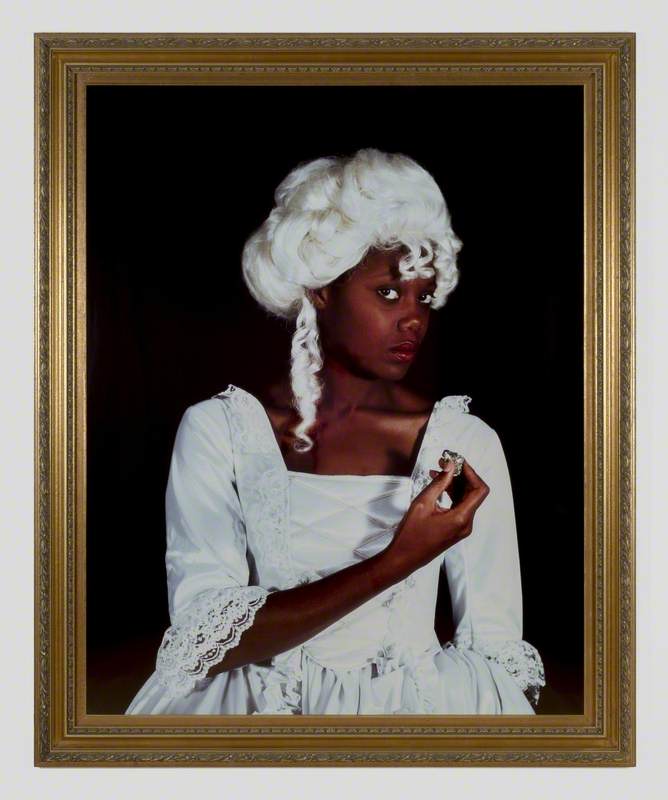
Use these questions as prompts if helpful.
- Describe what you can see in the photograph.
- Is it a conventional style of portrait? Does it look like other portraits you have seen before?
- How is the woman dressed?
- When do you think the style of her clothes dates from?
- Are you surprised to see a Black woman dressed like this?
- Who would you expect to see in historical portraits wearing this type of elaborate dress and wig?
- What does the photograph make you think and feel?
Photograph thoughts
The photograph depicts a Black woman. The woman is shown in a three-quarter-length pose often seen in portrait paintings and formal photographic portraits.
Although the woman is conventionally posed it is far from a conventional portrait.
She is dressed in an elaborate eighteenth-century dress and wig. This makes the portrait immediately striking as we don't expect to see a Black woman dressed in clothing that we generally associate with the eighteenth-century white aristocracy.
The sitter looks directly and unsmilingly at the viewer.
Discussion: eighteenth-century portraiture
Look at an example of eighteenth-century portraiture with your students. Ask them to compare this with the portrait by Maud Sulter and to discuss the similarities and differences.
